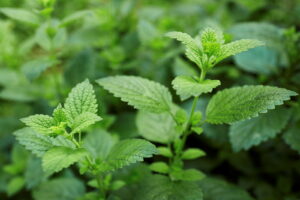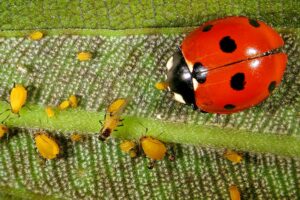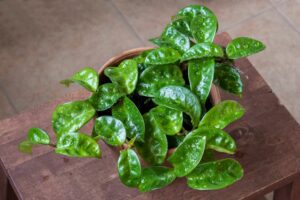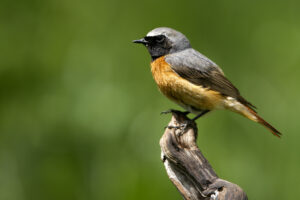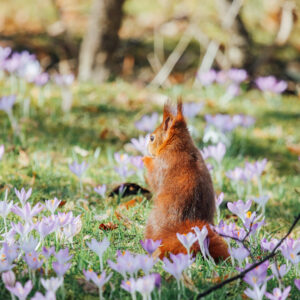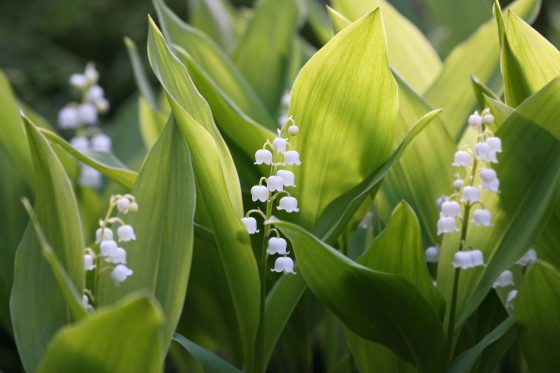Lily of the valley: poisonous to humans, cats & dogs?
Many people know that lilies of the valley are poisonous. But just how poisonous are they, how do you recognise signs of lily of the valley poisoning and what should you do in case of a poisoning?
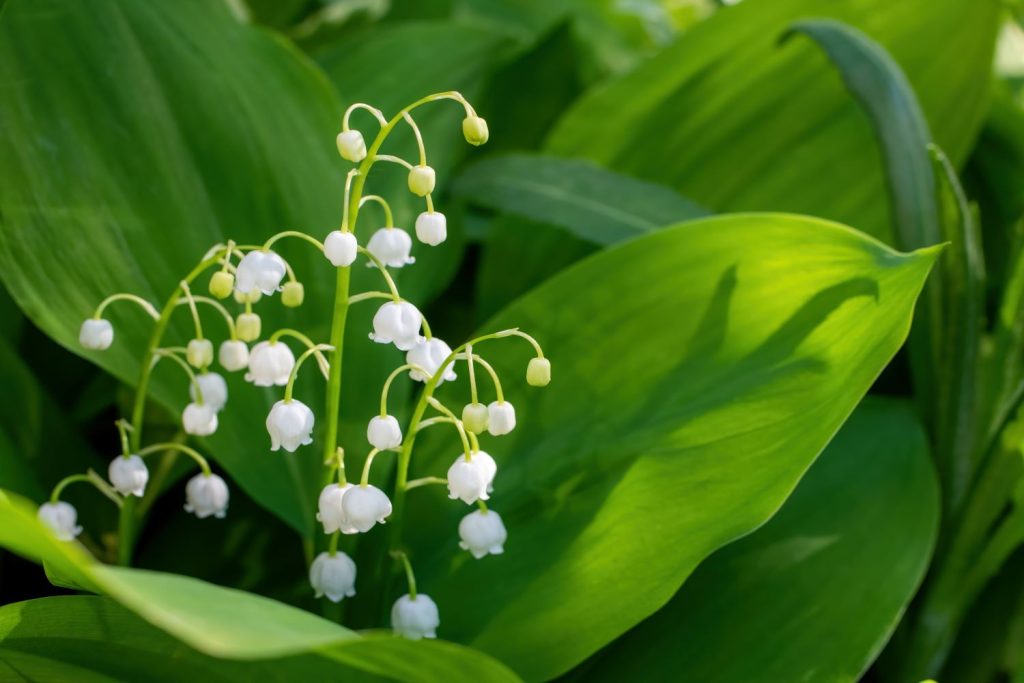
Lily of the valley (Convallaria majalis) adorns European woodlands and gardens with its petite, white, bell-shaped flowers. Also known as May bells and Our Lady’s Tears, these charming herbaceous perennials may seem quite harmless. Unfortunately, this makes them an alluring trap for curious children and unsuspecting herb collectors every year.
Contents
What makes lily of the valley toxic?
All parts of lily of the valley plants contain cardenolides. The seeds and the flowers in particular have high amounts of these toxic compounds. Even drying the plant does not render its toxic compounds harmless. When dried, the concentration of cardiac glycosides in lily of the valley is around 0.2 to 0.5%. And when kept as cut flowers, the water in the vase absorbs the toxic substances from the lily of the valley cuttings and also becomes poisonous. Due to its strong effect on the heart, lily of the valley was used in folk medicine as early as the 15th century. Even today, modern orthodox medicine uses tolerable minute quantities as active ingredients in medicines – but how much is considered tolerable is questionable.
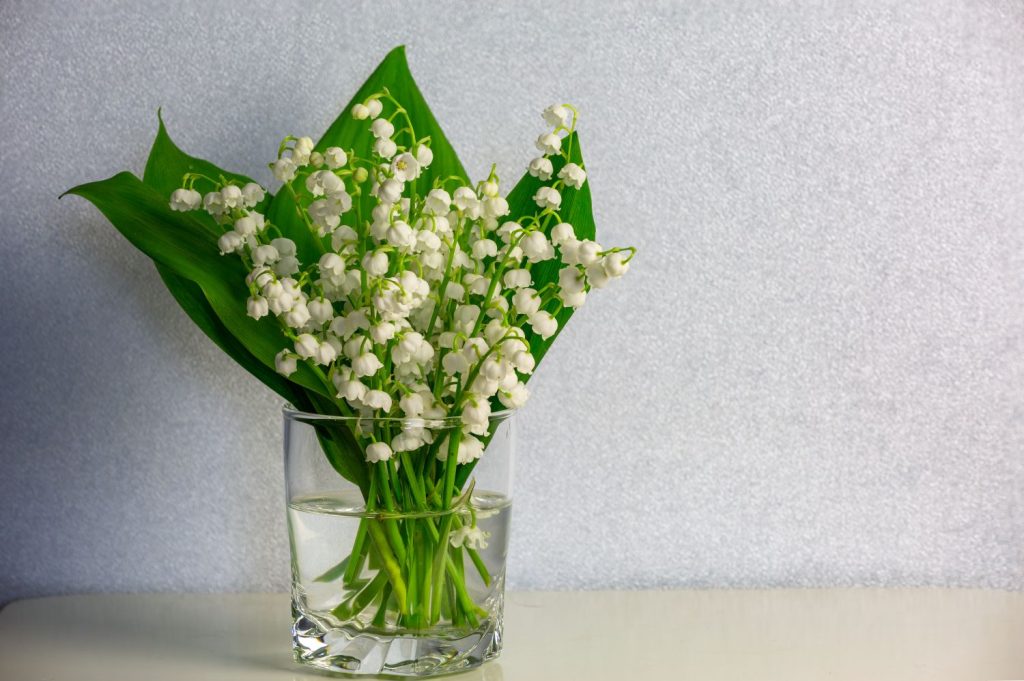
Tip: The most toxic component in lily of the valley is convallatoxin. Like other cardiac glycosides, it is a potent inhibitor of the sodium-potassium pump (i.e. the Na⁺/K⁺-ATPase enzyme) which plays a role in the body’s cellular energy metabolism. The sodium-potassium pump moves sodium ions out of the cells and brings potassium ions into the cells. If the sodium-potassium pump is inhibited, a person’s heart will simultaneously have stronger contractions, decreased beating frequency and altered reactions to stimuli. These effects make cardiac glycosides effective in heart medications, but also very dangerous poisons.
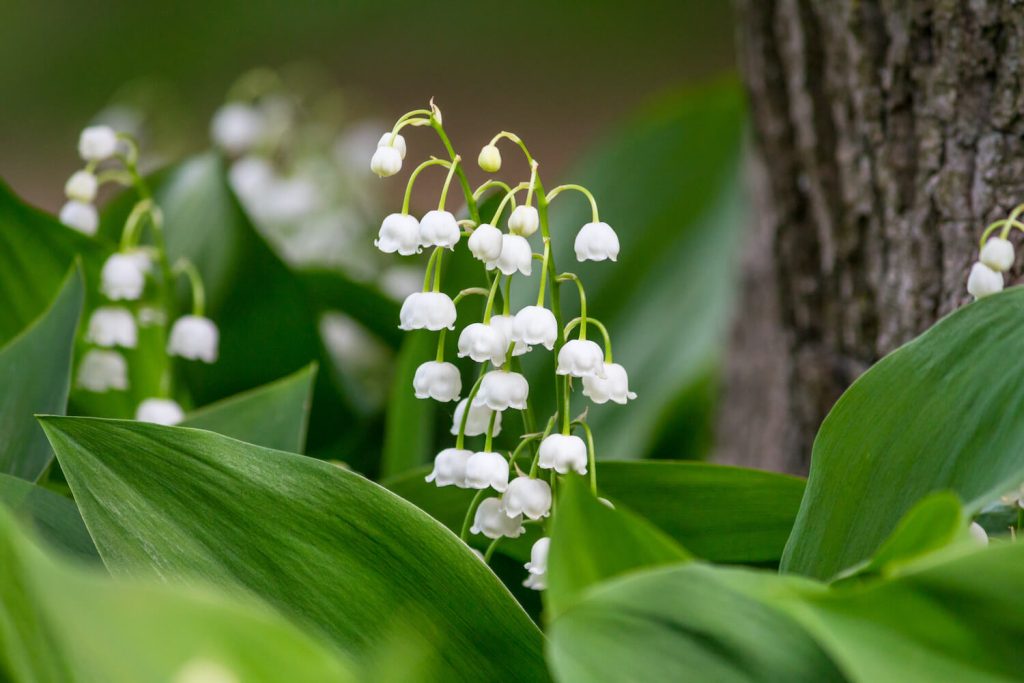
In what quantities is lily of the valley poisonous?
One to five berries are all it takes to cause cardiac arrhythmia. The situation will quickly become critical if any more berries are eaten. Lily of the valley leaves only cause serious poisoning when eaten in large quantities. Nevertheless, do not eat any part of the lily of the valley plant!
Tip: The bigger a person is, the longer it takes for lily of the valley poisoning symptoms to appear. In other words, symptoms of poisoning are to be expected much earlier in small children than in adults.
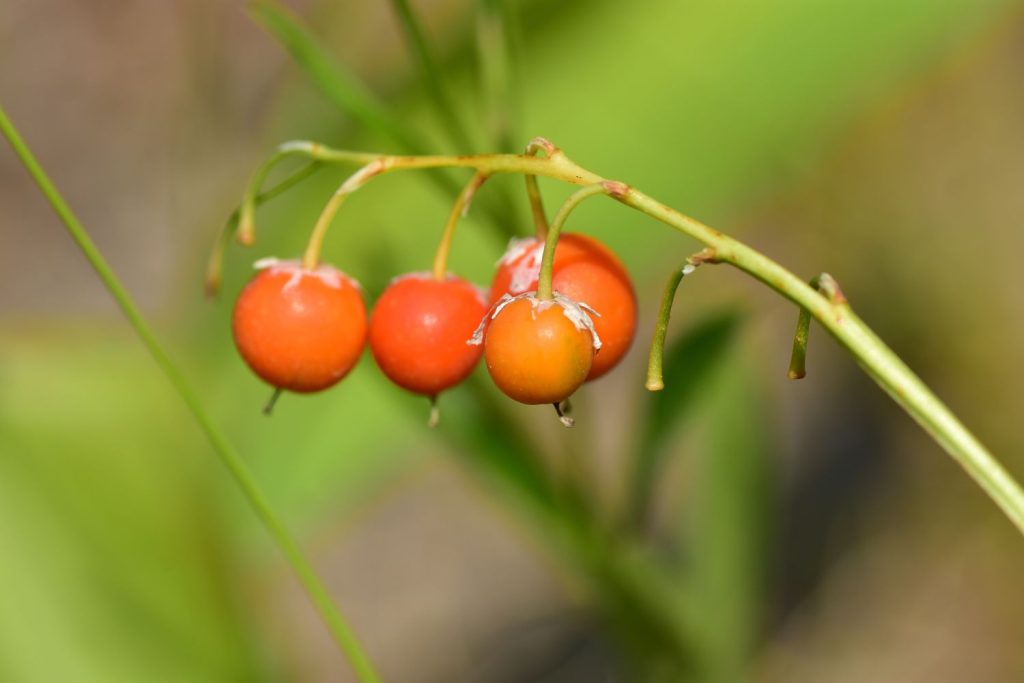
Lily of the valley poisoning symptoms
Even contact with the plant can cause skin and eye irritation. If any part of a lily of the valley plant is ingested, keep an eye out for the following symptoms:
- Chest tightness
- Diarrhoea
- Cardiac arrhythmia
- Visual disturbances
- Dizziness
- Nausea
Initially, a lily of the valley poisoning victim will experience high blood pressure and a high pulse rate. Later, however, the blood pressure decreases and breathing becomes deeper. This can lead to cardiac paralysis and, eventually, death by cardiac arrest if not dealt with in time.
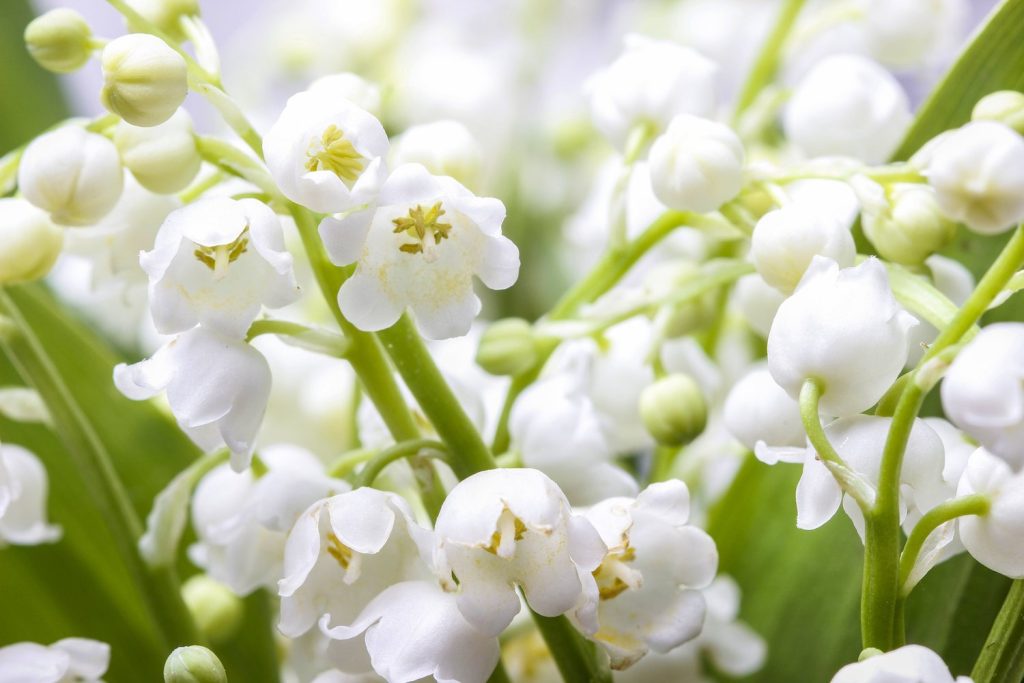
What should you do in case of a lily of the valley poisoning?
If anyone ingests any part of the plant and appears to be seriously ill, seek medical advice immediately by calling 999, your GP or the NHS and they will advise you further. Meanwhile, monitor the person’s vital signs until the emergency doctor arrives. If large amounts of the plant have been ingested, the doctor will treat for cardiac glycoside poisoning. This typically involves administering a potassium and magnesium preparation to correct the person’s electrolyte balance.
If you have one on hand, you can give the person a charcoal tablet. This can help bind the toxins in the stomach and help stimulate the flow of urine to flush the toxins from the body more quickly, but it is best to consult with a medical professional beforehand.
Is lily of the valley poisonous to cats and dogs?
Yes, the plants are not only poisonous to humans, but to dogs and cats as well. The symptoms of lily of the valley poisoning in pets are similar to those in humans. Consult a veterinarian immediately if your pet ingests any part of a lily of the valley plant or shows signs of poisoning. In fact, not only cats and dogs are affected. The cardiac glycosides in lilies of the valley are also toxic to pigs, goats, horses, rabbits, hamsters, guinea pigs and birds.
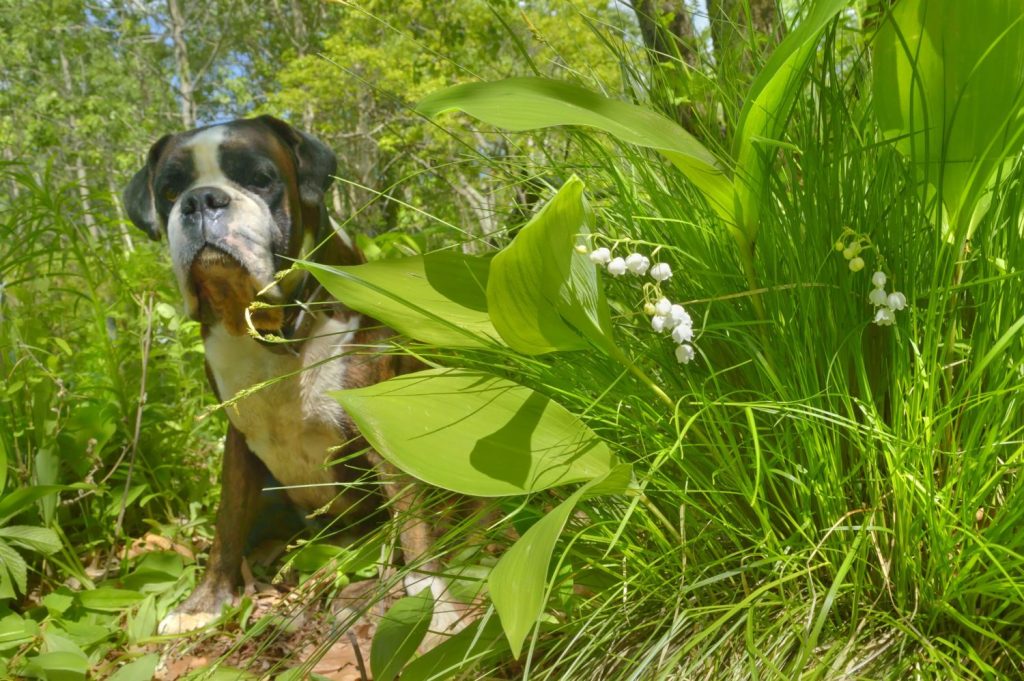
Differentiating lily of the valley and wild garlic
As lilies of the valley are just starting to bloom in March and April, so too is it the season of wild garlic (Allium ursinum). Unfortunately, wild garlic leaves look similar to those of lilies of the valley. So, the poisonous doppelgangers are often mistakenly harvested along with wild garlic. Luckily, there are a few ways to tell these two forest dwellers apart:
- Wild garlic foliage smells intensely of garlic, whereas lily of the valley foliage does not.
- In spring, wild garlic leaves emerge side by side, whereas lilies of the valley’s leaves characteristically emerge as rolled up tubes.
- Wild garlic has star-shaped flowers, whereas lily of the valley has bell-shaped flowers.
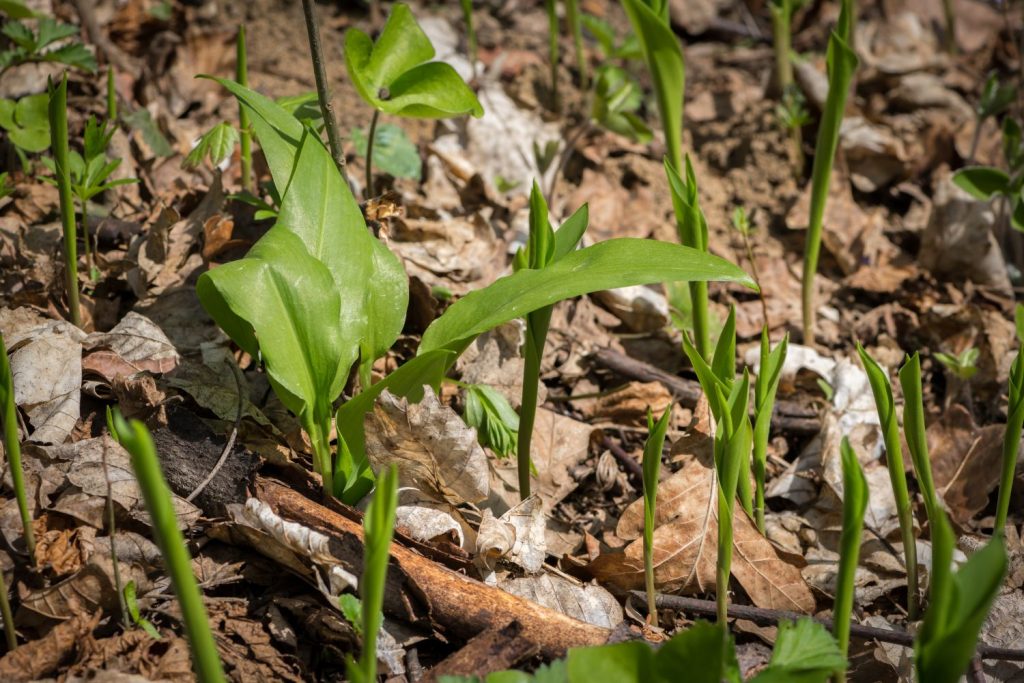
Despite being poisonous, lilies of the valley are beautiful plants. If you decide you want some in your own garden, visit our article for instructions and tips on planting lily of the valley.


